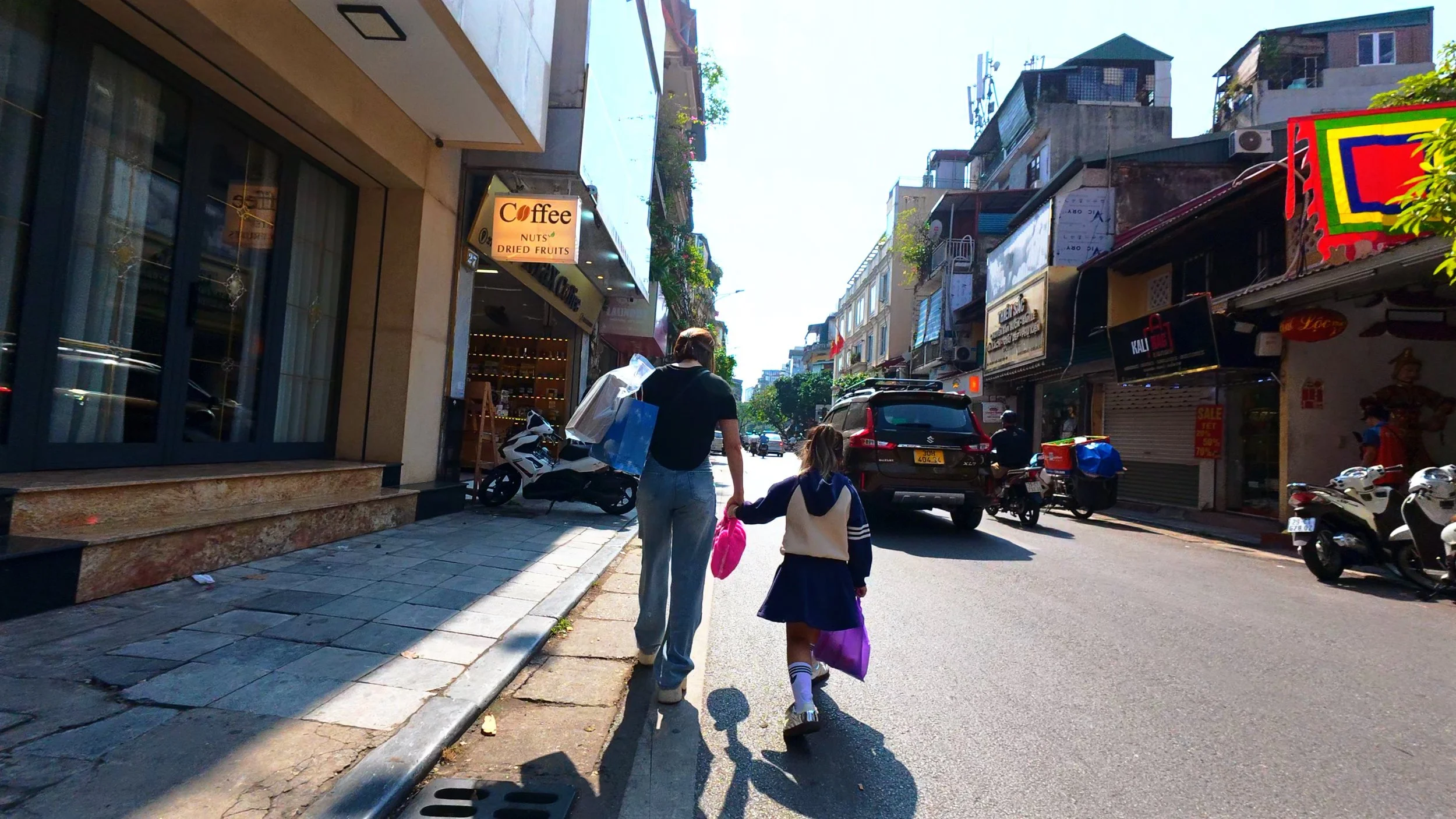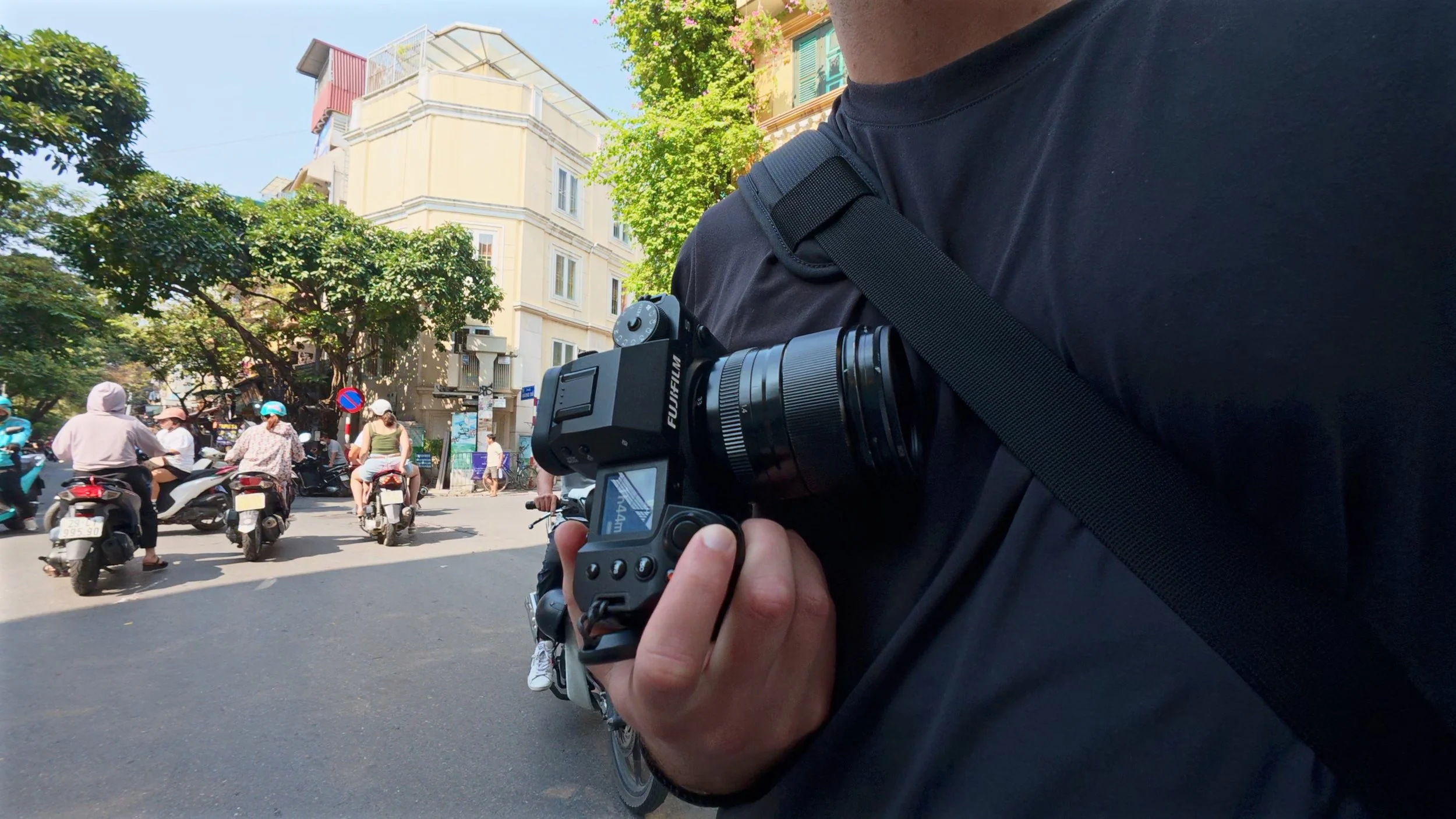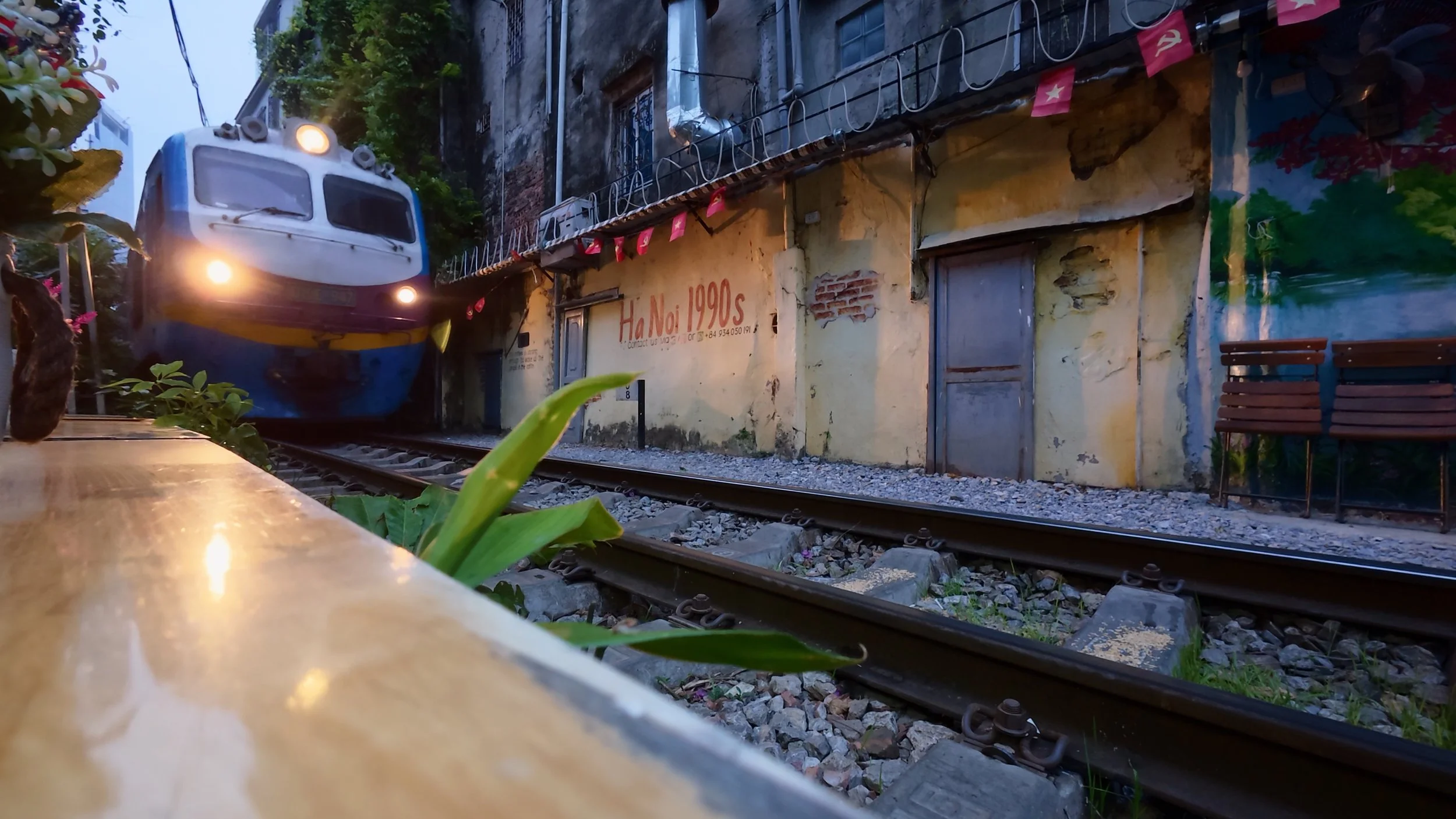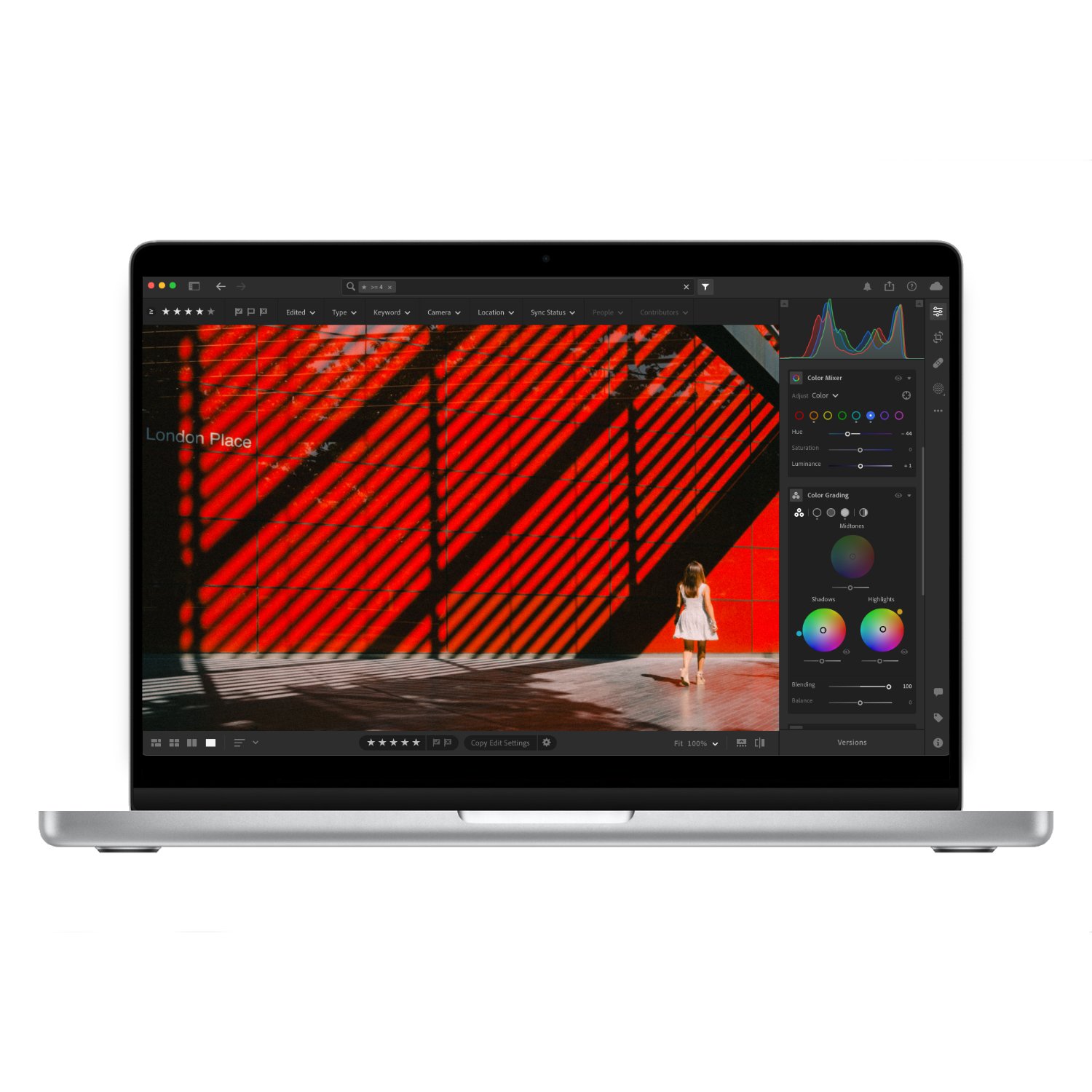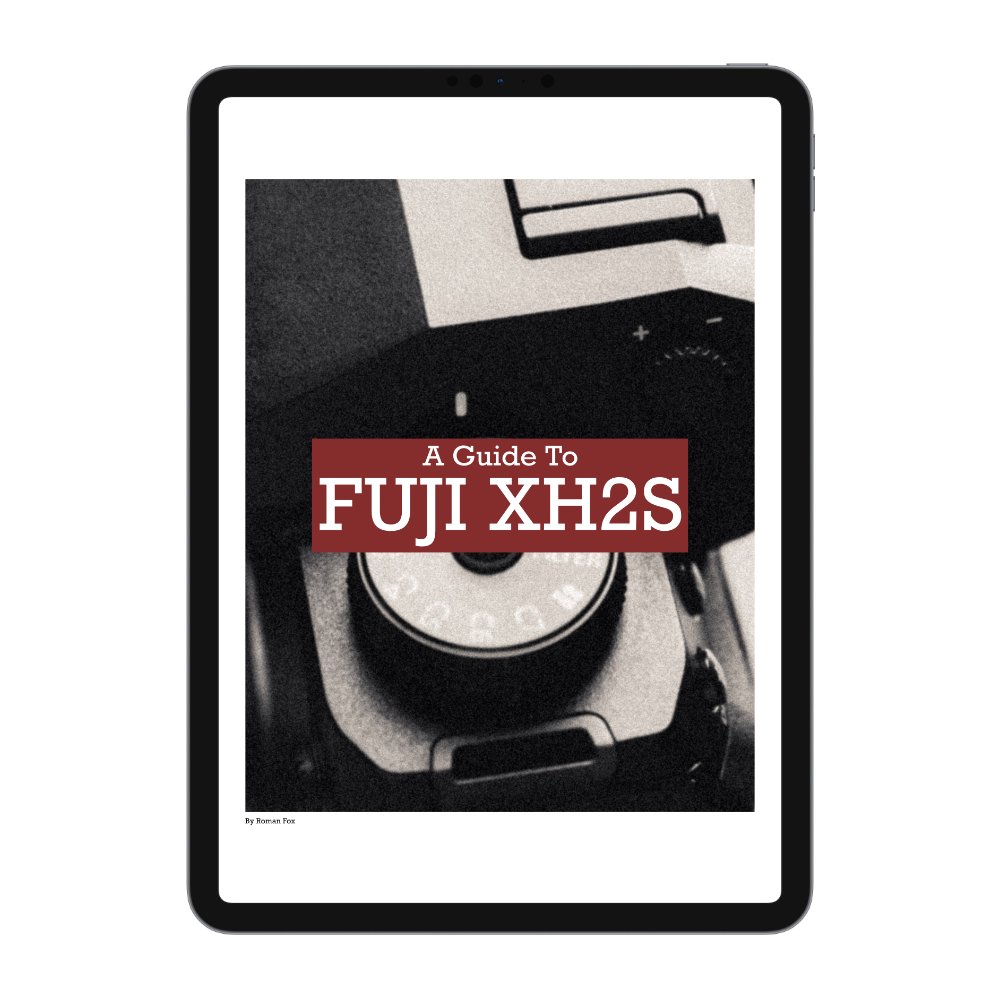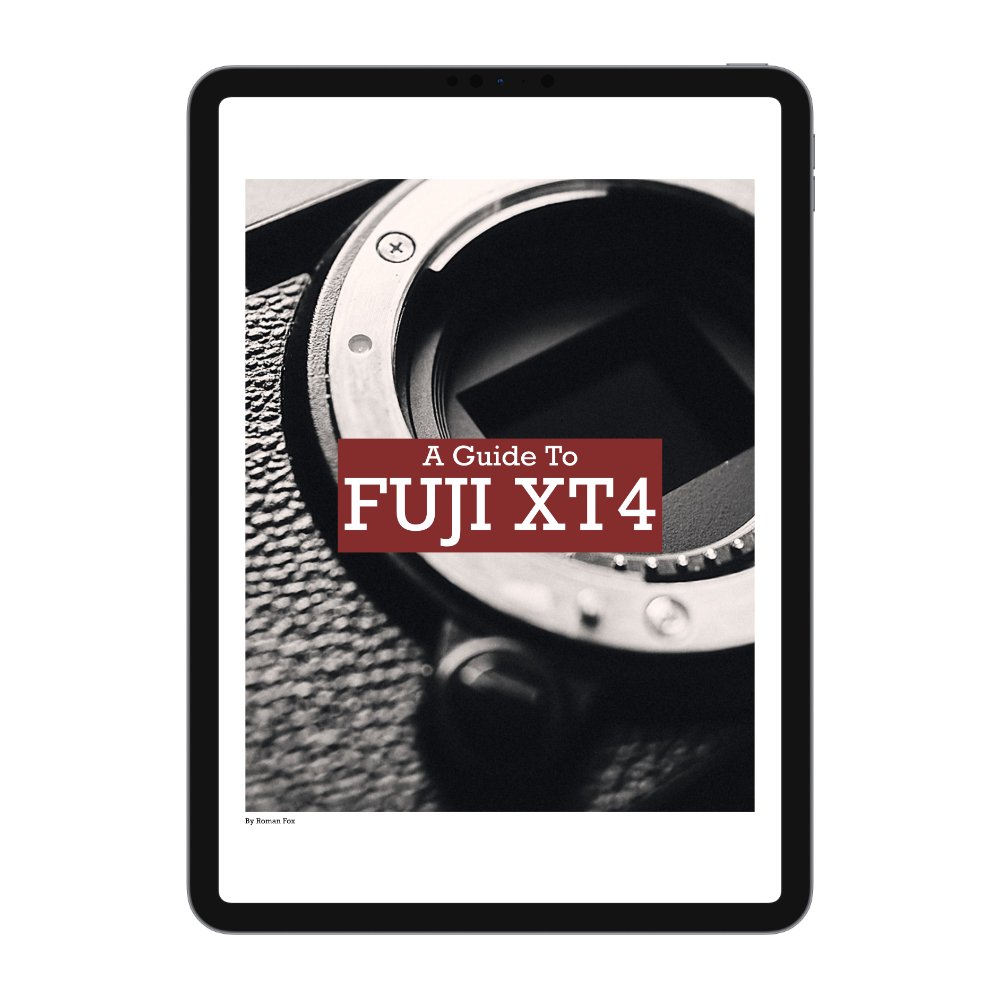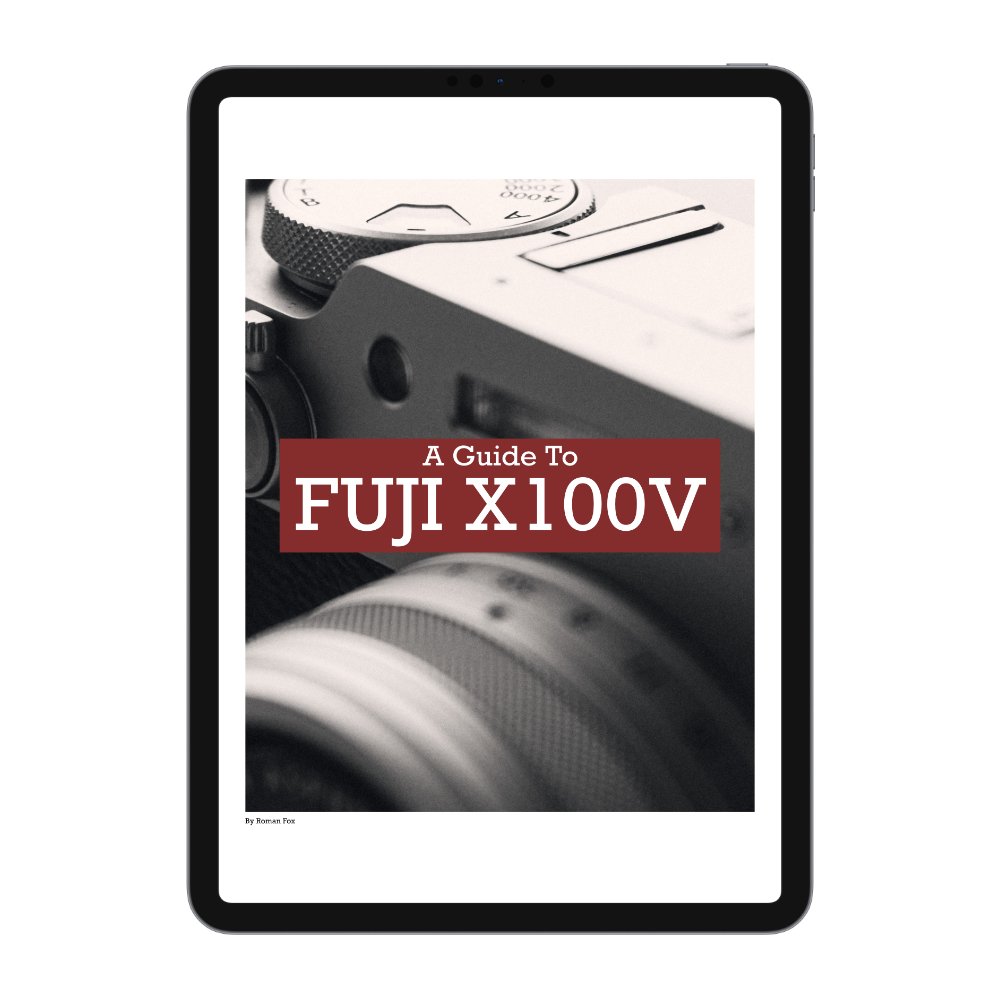DJI Action 5 Pro Long Term Review
It’s coming up to a year since I got the DJI Action 5 Pro, and it’s been one of my most used cameras for documenting my travels and making YouTube videos. In this blog, I will share a long-term review of this highly popular camera and hopefully help you decide if it’s worth your money or not. I recently published a blog covering how I set my Action 5 that you can read here. If you’re undecided between the Action 5 or the Pocket 3, this blog should help you with that. Finally, it’s worth noting that I paid for the camera myself and I have no affiliation with DJI.
Use Case
I need to state my use case because my opinion is only based on how I use the camera. This camera can be used for relaxed vlogs of your holiday or for filming yourself jumping out of a plane into the sea. I only use it for documenting my travels and making videos for YouTube. I don’t use it for any extreme sports, I don’t go diving with it, and I don’t use it in environments that push it to the limit. With that in mind, I can only comment on my own user experience.
Build Quality & Reliability
The overall build quality seems solid. It’s hard to scratch, everything feels well put together, and it doesn’t feel cheap. Apart from one critical issue that I will discuss shortly, I never had any problems with the camera. Even when using it in extremely hot weather, the camera never overheated and carried on working as normal. I never had any file corruptions or odd behaviour either.
There is one issue I experienced that I’m yet to fix. A few months ago, I noticed the camera would switch on by itself, then switch off a few seconds later, then on, then off, then on, and so on. It would carry on doing this until the battery died, or I physically removed it. The issue with this is that the camera gets insanely hot, and since it’s some kind of bug, it can’t stop itself from doing it to cool down. Last time this happened, the camera got so hot that I could barely hold it in my hand. Luckily, I have two of them and the other one does not have this issue. I am still within warranty, so will be sending it in for repair. Judging by online comments, I’m not alone in this. For me, this is rather worrying as the last time the camera behaved like this, it was in my sling and I could feel the immense heat. Without wanting to sound dramatic, it could be a serious safety hazard.
User Experience
The user experience is fantastic. The camera is easy to set up and navigate, with everything being self-explanatory. Unlike the GoPro cameras, I found the DJI to be very responsive when it comes to navigating the menu, changing modes or previewing files. I love the dual screens, especially when you can set the side button to change between them with a single press. This means that while you’re using one screen, the other one is turned off to save battery. Speaking of battery, it lasts a very long time and can be recharged via USB-C quickly. I would go as far as saying that you probably don’t need spare batteries unless you know you will be shooting a lot. The lens has a glass cover to protect it, which can be replaced if scratched.
The only noteworthy thing is switching the camera on can take some time if it hasn’t been on recently. If you’ve not used it in a while, I suggest turning it on before you actually need to use it. This might take a few seconds. After that, the camera switches on almost immediately. This is the only negative I can honestly think of when it comes to the overall user experience. This blows GoPro out of the water, and even if compared to the DJI Pocket 3, I feel this camera is more usable.
Features
The DJI Action 5 has an extensive feature list and for sure I haven’t explored them all. My favourite feature has to be the built-in memory, good enough for an hour’s worth of recording at the highest quality. This is a great backup if you forgot your SD card or ran out of room. The second favourite feature is how it integrates with DJI’s Mic 2. Not only is the pairing seamless, but you can adjust many of the Mic 2’s settings via the Action 5. One setting in particular that I like is the ability to record a backup track on the camera. Even if you’re using the mic, the internal mics of the camera are still running, so should the worst happen, you have a backup. You also get 32-bit recording, noise cancellation, and dual mic support. Other features include a water depth gauge, altitude measurement, webcam support, voice control and much more.
Mount
By now I’m sure you’re aware of DJI’s magnetic mount system. As much as I love that system for quickly changing mounts, I wish there was a simple tripod screw in the bottom like you get on the GoPro. If you’ve lost the magnetic mount, you’re stuck hand-holding it. Maybe it was a package constraint, or maybe they just want you to use their mount. Either way, I hope the next version gets a traditional 3/8 thread at the bottom. This is a very small issue, as you can easily buy a low-profile adaptor that will let you mount it to tripods.
Image Quality - Video
I suspect most people will be buying the Action 5 for video, and that’s certainly the bulk of my use case too. In short, the video quality is outstanding considering the size. Like all small sensors, the video quality remains high as long as there is ample light coming in. The moment light drops and ISO increases, that’s when things go a bit downhill. With that said, low light performance is still very good. The image is clean, crisp, and with natural-looking colours.
There are plenty of different frame rates and aspect ratios to choose from, with my favourite being 4K 16:9 with a standard (de-warp) view. This removes the classic fisheye action camera look and closely resembles that of a normal camera while maintaining a respectably wide field of view.
If you go into the detailed settings, you have access to advanced video features such as bitrate, log, colour recovery and more.
Image Quality - Photography
Most of my experience with this camera is based around video, but even for photography, the images are more than good enough. For many people, this could easily be the only camera they’d need for travelling. The 40MP sensor is amazing as long as you have enough light coming in. However, like all small sensors, the moment the light drops, so does the quality. While I wouldn’t recommend this as a photography camera, in a pinch, it’s perfectly OK. Just like video, you also get more advanced settings such as RAW shooting.
Stabilisation
One of the biggest reasons people flock to action cameras is for the incredible stabilisation, giving gimbal-like results with just the camera. Like all action cams, the more light you have, the better the stabilisation is. If the light drops and the shutter speed reduces, you will start to see a noticeable degradation in stabilisation performance.
Sound Quality
For the purpose of this blog, I am only talking about the sound being recorded directly onto the Action 5 using the built-in mics. Sound can be hit and miss depending on where you’re standing. If you’re in front of the camera, the sound quality is great and can easily be used as the main source for your videos. If you’re behind the camera, then get ready to deal with some muffled sound. I wish there was a rear mic with the same level of quality as the front.
Summary
To summarise, this is a great all-round camera that has many use cases. It’s very much a video-first device, and while the photo mode is fine, it isn’t the DJI’s strong point. This is a perfect camera for the minimal traveller who wants to document their trip, or for the family who don’t want their kids breaking something more expensive. With this camera, you know you can go anywhere and shoot anything—from a food vlog, to scuba diving, to motorsport. Despite my yet unresolved issue that I mentioned earlier, I can definitely recommend the DJI Action 5 to most people.
Full Spec
Image Sensor
1/1.3″ CMOS sensor with 2.4 µm pixels, capable of capturing 40 MP stills via Quad‑Bayer processing (up to 13.5‑stop dynamic range)
Still Photography
Up to 40 MP resolution (7,296 × 5,472)
JPEG and RAW capture supported
Shutter speed range: 1/8000 s to 30 s; ISO range 100–25,600
Video Recording
4K (16:9) up to 120 fps; 4K (4:3) up to 120 fps
1080p slow motion up to 240 fps with AI interpolation up to 960 fps
Bitrate up to approximately 100 Mbps
Supports 10‑bit D‑Log M and HLG profiles
Stabilisation & Tracking
RockSteady 3.0 / 3.0+ EIS
HorizonSteady 360° and HorizonBalancing features
Built‑in subject tracking with AI (via 4 nm chip), including InstaStick (invisible selfie stick) functionality
Lens & Optical
Ultra-wide 155° field‑of‑view
Fixed f/2.8 aperture
2× digital zoom; minimum focus distance approx. 0.35 m
Displays
Dual high-brightness OLED touchscreens:
Front: ~1.46″ (~342×342 resolution at ~331 ppi)
Rear: ~2.5″ (~400×712 at ~326 ppi) with up to 1,000 cd/m² brightness
Audio
Built-in stereo mic array (3 mics) with advanced wind-noise reduction
DJI Mic 2 compatibility via DJI OsmoAudio™ wireless connection
Internal mic backup track supported even when external mic is connected
Battery & Storage
Extreme Battery Plus: 1,950 mAh removable Li‑ion (3.87 V / ~7.5 Wh)
Approx. 240 minutes continuous use at 1080p/24 fps (screens off, RockSteady on, Wi‑Fi off)
Around 126 minutes at 4K/60 fps
Up to ~3.6 hours operation at –20 °C
Fast charging: ~2 hours of use after 15 minutes charging with 30W PD charger
Internal storage: ~47 GB usable (approx. 64 GB built-in)
microSD support up to 1 TB (UHS‑I U3 recommended)
Connectivity
Wi‑Fi 6 (2.4 / 5.1 / 5.8 GHz; 802.11ax/ac) + Bluetooth 5.1 BLE
USB‑C port (USB 3.0) for power, data transfer, webcam use, firmware updates
Livestreaming at 1080p/30 fps over Wi‑Fi with Mimo app support (Android/iOS)
Durability & Environmental
Waterproof to 20 m without housing (up to 60 m with accessory case)
Freeze‑proof down to –20 °C
Pressure sensor records depth, duration and altitude (especially underwater)
Physical Dimensions & Weight
Dimensions: approx. 70.5 × 44.2 × 32.8 mm
Weight: ~146 g including battery
No tripod mounting thread built-in (magnetic mount system only)












